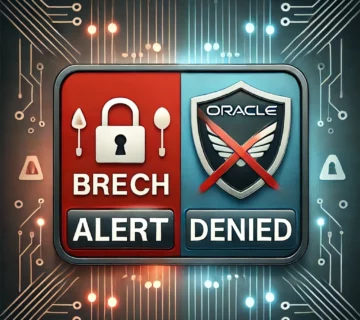
LDAP Breach | Risks, Prevention, and Security Best Practices
An LDAP breach refers to unauthorized access or exploitation of Lightweight Directory Access Protocol (LDAP) systems, which are often used for centralized authentication and directory services. Because LDAP stores sensitive information—like usernames, passwords, roles, and access privileges—a breach can pose a serious risk to an organization’s IT security. Attackers may exploit misconfigurations, weak credentials, or outdated software to gain access to the directory and move laterally through systems. Common consequences include identity theft, privilege escalation, and unauthorized data access. Preventing LDAP breaches requires strong encryption, multi-factor authentication (MFA), strict access controls, and regular audits. Organizations should also monitor for abnormal LDAP queries and ensure that firewalls and intrusion detection systems are in place. As identity and access management (IAM) become more complex in hybrid environments, securing LDAP services is critical for maintaining integrity and protecting against cyberattacks.
